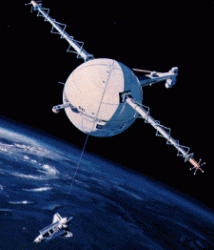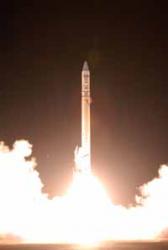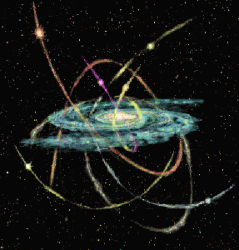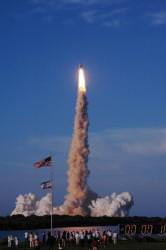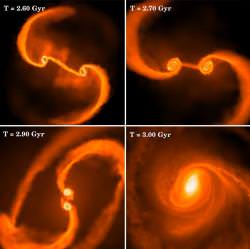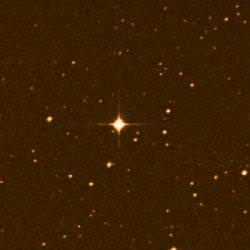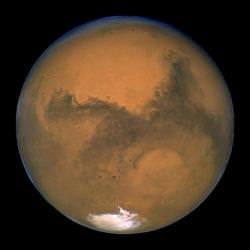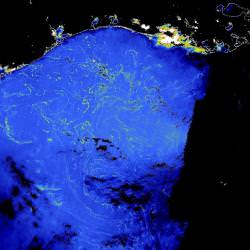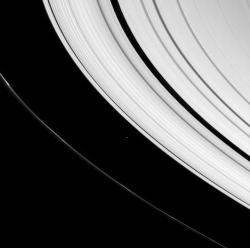Science@NASA has a cool article about how US and Japanese researchers are working on a folding tether system that could help keep satellites in their proper orbits, and return spent rocket stages to Earth.
Space tethers were first demonstrated on the Gemini 11 and 12 missions, showing how spacecraft could be connected by a cable. Possible applications include artificial gravity, spacecraft stabilization, and even raising a spacecraft into higher and higher orbits through a series of tether slingshots.
The new design is nicknamed Fortissimo, and provides a new method for unfolding a tether system. Instead of unraveling a cable from a spool, this tether would look like a thin strip of aluminum foil. It would be folded up using a clever origami technique so that it unravels quickly; similar to a firefighter’s hose.
Under this design, a 1km tether could deploy in just a few minutes.
Original Source: Science@NASA

